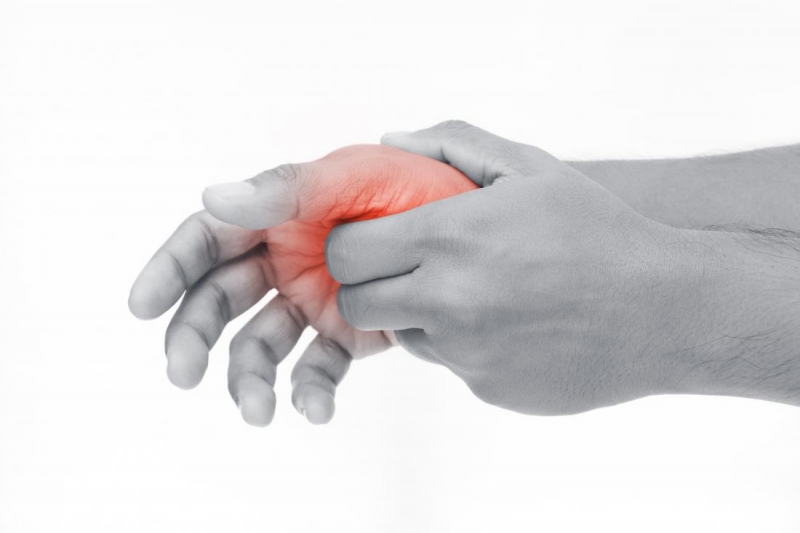
De Quervain's tenosynovitis is a condition, often characterized by a significant degree of pain, which generally affects the tendons on the thumb side of your wrist. A patient suffering from de Quervain's tenosynovitis will often find it difficult to turn their wrist around, grasping anything or making a fist. The exact cause of de Quervain's tenosynovitis is still debatable and not known with certainty but it is speculated that any activity involving repetitive motion of hand or wrist usually ruin the case. De Quervain's Tenosynovitis is a common cause of thumb pain and physiotherapy is the best treatment for this. You may consult a good physiotherapist from PAL Physiotherapy for De Quervain's tenosynovitis treatment in Gurgaon.
The condition is often very painful for the patients and involves high inflammation of tendons in wrist and lower thumb. As and when the swollen tendons rub against the narrow tunnel they pass through, it causes extraneous pain at the base of the patient’s thumb and lower arm.
Overusing your wrist chronically wrist is one of the most commonly speculated causes of de Quervain's tenosynovitis. However, the exact cause of the disorder still happens to be unknown.
Some other possible causes may be -
Long term ignorance can make the condition worse with the pain spreading further into your thumb, back into your forearm or both and becoming painful.
Common symptoms of de Quervain's tenosynovitis are -
Sometimes, the condition develops gradually while in some cases starts suddenly. In either case, the pain can travel into your thumb or up your forearm and disturb your daily life.
The diagnosis of the disease begins with the doctor examining your hand to figure out if it hurts as pressure is exerted on the thumb side of your wrist.
The doctor may also perform a Finkelstein test. The test involves the patient bending their thumb across the palm of their hand and bend their fingers down over their thumb. This is followed by bending their wrist towards their little finger. If the process results in pain on the thumb side of the wrist, the patient is likely to be a victim.
Imaging tests of the sort of X-rays are usually not required in the diagnosis of de Quervain's tenosynovitis.
Treatment for the disorder generally concentrates at reducing inflammation and preserving movement in the thumb. It is also focused at preventing recurrence of the condition.
The symptoms generally alleviate if the treatment is started at time and improve within four to six weeks. Physiotherapy has also been found quite helpful for the patients. It generally involves a few sessions planned at regular intervals with a qualified physiotherapist and developing a customized schedule as per the symptoms and the intensity of pain experienced by the patient.
To begin with, therapeutic treatment of De Quervain's tenosynovitis in Gurgaon may include -
In some cases, the patient may also get an appointment with a physical or occupational therapist. These therapists will properly examine how the patient is using their wrist. The expert suggestions on how to make adjustments in the movement and usage of the hand and wrist to relieve stress is also something to be paid attention to.
